
With all the news from Computex and a lot of attention focussing on Intel's Core i9 series of CPUs (which, incidentally, I think all Intel's HEDT CPUs should have been called from the start), there hasn't been as much attention paid to AMD's recent announcement regarding its Threadripper CPUs and equivalent HEDT (high-end desktop) platform. In short, it could be about to undermine Intel and in a big way.
[break]
Firstly, if you had the cash - let's all be hypothetically rich for a few minutes - and wanted to build a super high-end system, most of us would probably go for a couple of GTX 1080 Tis. You'll immediately hit a couple of obstacles, though, whatever your budget is. For example, say you currently have a mainstream system. If the grunt from a single GTX 1080 Ti isn't enough, then the next step up, assuming you want to run two cards with 16 PCI-E lanes each, currently means opting for an Intel X99 system.
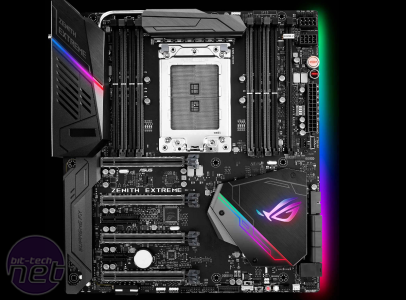
This means a more expensive motherboard, more expensive memory (if you want to go quad-channel), and definitely a more expensive processor - you'd need to opt for the £600 Core i7-6850K to offer two graphics cards the full 16 lanes of bandwidth each. This is a huge leap in price that means that owning a high-end dual-GPU system is simply out of reach for many.
Secondly, even if you have the cash, if you want to go all-out and use three GPUs, then even with Intel's X99 platform and indeed its forthcoming X299 motherboards, you won't be able to offer the full 16 lanes of bandwidth to each card. Now, we're thinking Vega here given Nvidia no longer supports three-way SLI outside of benchmarking, but this is perhaps a slightly grey area given we don't have concrete numbers for consumer Vega cards yet - we're assuming that three-way CrossFire Vega will be faster than two-way GTX 1080 Ti.
AMD, meanwhile, has potentially got answers to both these problems. Firstly, the likelihood is that Threadripper CPUs will be cheaper than their Intel Core i9 counterparts as will the motherboards. Perhaps more importantly, though, is that all of AMD's Threadripper CPUs will offer the full bandwidth - there's no cut-off point, so it's likely the cheaper CPUs will not only be less expensive than the cheapest Intel model to offer enough bandwidth to power two cards in CrossFire or SLI, but they'll be cheaper across the board in terms of price per core.
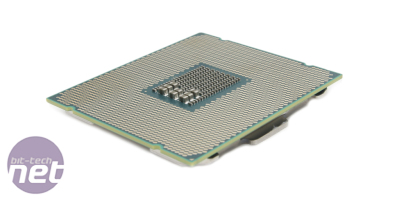
This means that if you have a limited but still very reasonable budget, AMD is likely going to be the best value option, or simply just the cheapest way to go dual-GPU without worrying about bandwidth restrictions. If that budget of yours is mostly unlimited and you're gunning for a trio of high-end cards, then AMD's second trump card is the fact that not only are all its CPUs offering the full amount of bandwidth, but that bandwidth is a massive 64 PCI-E lanes compared to 44 with Intel.
As such, for a super high-end system that hypothetically uses three Vega GPUs that outperform two GTX 1080 Tis, your best option would be AMD in terms of GPU bandwidth, as you'll be able to dish out the full 16 PCI-E lanes to up to three cards, which is crazy and drool-worthy at the same time. Intel does have an advantage in cores and threads, with the Core i9-7980XE just pipping the Threadripper flagship to the post with 18 cores compared to 16, as well as frequency, although AMD hasn't revealed all its cards here yet.
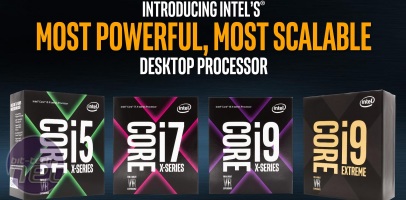
It's debatable how much of an advantage the extra PCI-E bandwidth will make, of course; most benchmarks we've seen point at 16 lanes rarely offering more performance than eight, but we'd imagine there's a very strong case for going with AMD here to be on the safe side. This is especially true if you want to drop in a few M.2 SSDs as well as two or three graphics cards, as they'll eat up a few more PCI-E lanes each. This all means that AMD could not only be the best value/cheapest option for going dual-GPU, but, depending on how Vega performs, may offer the most bandwidth for those with massive budgets that want to build ultra high-end systems too.
It's fun to think about this stuff, but a lot will depend on Threadripper and indeed Vega's performance. At face value from what we know so far, however, AMD could be about to stir things in the HEDT market even more so than it did with Ryzen in the mainstream market.
Let me know what you think of the upcoming HEDT battle in the comments.
[break]
Firstly, if you had the cash - let's all be hypothetically rich for a few minutes - and wanted to build a super high-end system, most of us would probably go for a couple of GTX 1080 Tis. You'll immediately hit a couple of obstacles, though, whatever your budget is. For example, say you currently have a mainstream system. If the grunt from a single GTX 1080 Ti isn't enough, then the next step up, assuming you want to run two cards with 16 PCI-E lanes each, currently means opting for an Intel X99 system.

This means a more expensive motherboard, more expensive memory (if you want to go quad-channel), and definitely a more expensive processor - you'd need to opt for the £600 Core i7-6850K to offer two graphics cards the full 16 lanes of bandwidth each. This is a huge leap in price that means that owning a high-end dual-GPU system is simply out of reach for many.
Secondly, even if you have the cash, if you want to go all-out and use three GPUs, then even with Intel's X99 platform and indeed its forthcoming X299 motherboards, you won't be able to offer the full 16 lanes of bandwidth to each card. Now, we're thinking Vega here given Nvidia no longer supports three-way SLI outside of benchmarking, but this is perhaps a slightly grey area given we don't have concrete numbers for consumer Vega cards yet - we're assuming that three-way CrossFire Vega will be faster than two-way GTX 1080 Ti.
AMD, meanwhile, has potentially got answers to both these problems. Firstly, the likelihood is that Threadripper CPUs will be cheaper than their Intel Core i9 counterparts as will the motherboards. Perhaps more importantly, though, is that all of AMD's Threadripper CPUs will offer the full bandwidth - there's no cut-off point, so it's likely the cheaper CPUs will not only be less expensive than the cheapest Intel model to offer enough bandwidth to power two cards in CrossFire or SLI, but they'll be cheaper across the board in terms of price per core.

This means that if you have a limited but still very reasonable budget, AMD is likely going to be the best value option, or simply just the cheapest way to go dual-GPU without worrying about bandwidth restrictions. If that budget of yours is mostly unlimited and you're gunning for a trio of high-end cards, then AMD's second trump card is the fact that not only are all its CPUs offering the full amount of bandwidth, but that bandwidth is a massive 64 PCI-E lanes compared to 44 with Intel.
As such, for a super high-end system that hypothetically uses three Vega GPUs that outperform two GTX 1080 Tis, your best option would be AMD in terms of GPU bandwidth, as you'll be able to dish out the full 16 PCI-E lanes to up to three cards, which is crazy and drool-worthy at the same time. Intel does have an advantage in cores and threads, with the Core i9-7980XE just pipping the Threadripper flagship to the post with 18 cores compared to 16, as well as frequency, although AMD hasn't revealed all its cards here yet.

It's debatable how much of an advantage the extra PCI-E bandwidth will make, of course; most benchmarks we've seen point at 16 lanes rarely offering more performance than eight, but we'd imagine there's a very strong case for going with AMD here to be on the safe side. This is especially true if you want to drop in a few M.2 SSDs as well as two or three graphics cards, as they'll eat up a few more PCI-E lanes each. This all means that AMD could not only be the best value/cheapest option for going dual-GPU, but, depending on how Vega performs, may offer the most bandwidth for those with massive budgets that want to build ultra high-end systems too.
It's fun to think about this stuff, but a lot will depend on Threadripper and indeed Vega's performance. At face value from what we know so far, however, AMD could be about to stir things in the HEDT market even more so than it did with Ryzen in the mainstream market.
Let me know what you think of the upcoming HEDT battle in the comments.

MSI MPG Velox 100R Chassis Review
October 14 2021 | 15:04

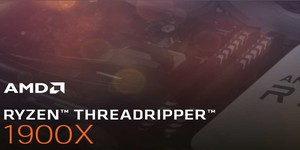
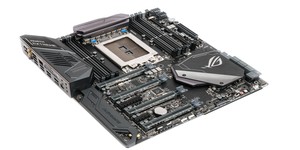
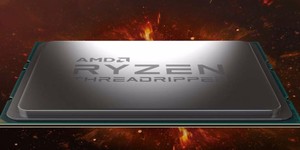




Want to comment? Please log in.